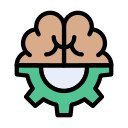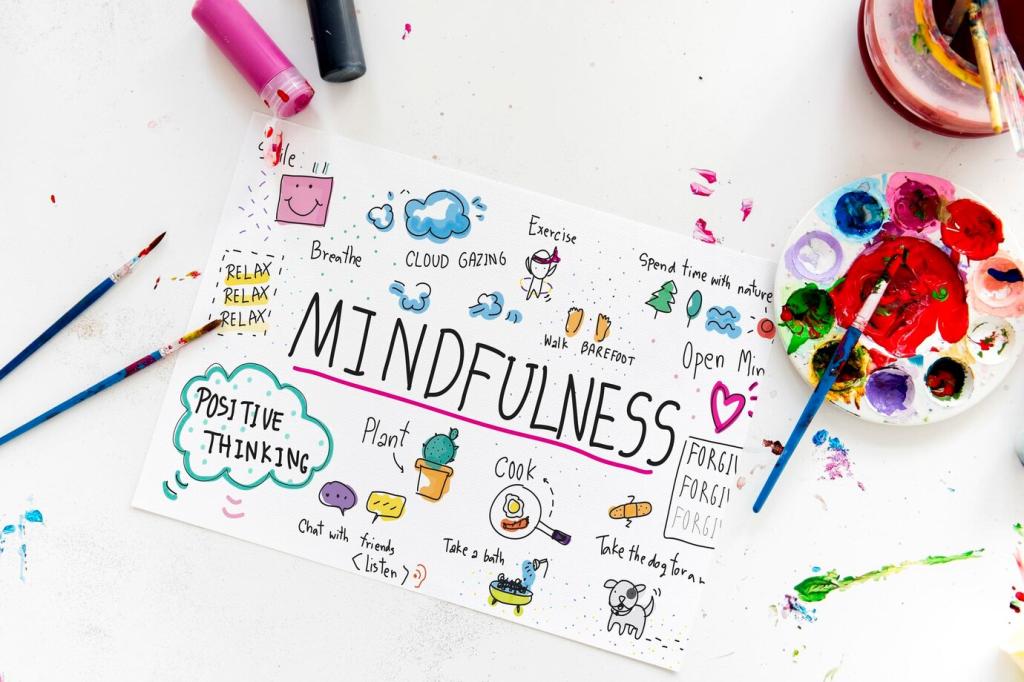Community, Belonging, and Support
Whether it is a neighborhood studio, a park meetup, or a livestream class, practicing together normalizes the ups and downs. Ask a friend to try a beginner session with you. Then debrief over tea. Post where you practice in the comments to help local readers find welcoming spaces.
Community, Belonging, and Support
Trauma-informed cues, choice-driven language, and prop support create psychological safety. Seek teachers who honor different bodies and moods. Your nervous system notices when it is respected. If you know an inclusive teacher, give them a shout-out below so more folks can experience that care.






